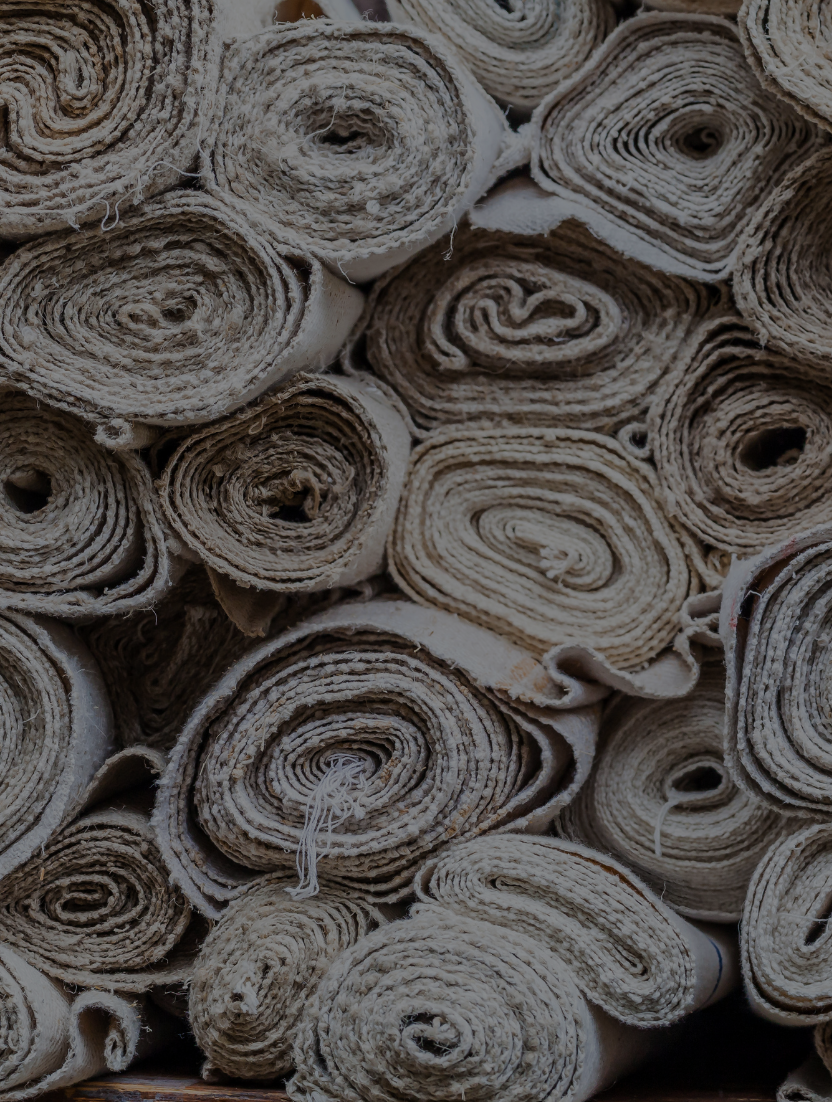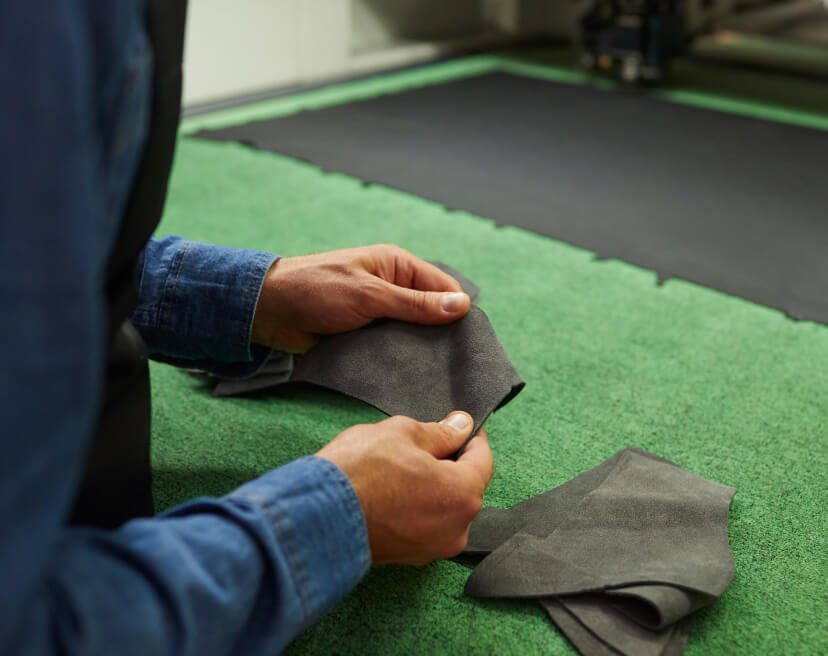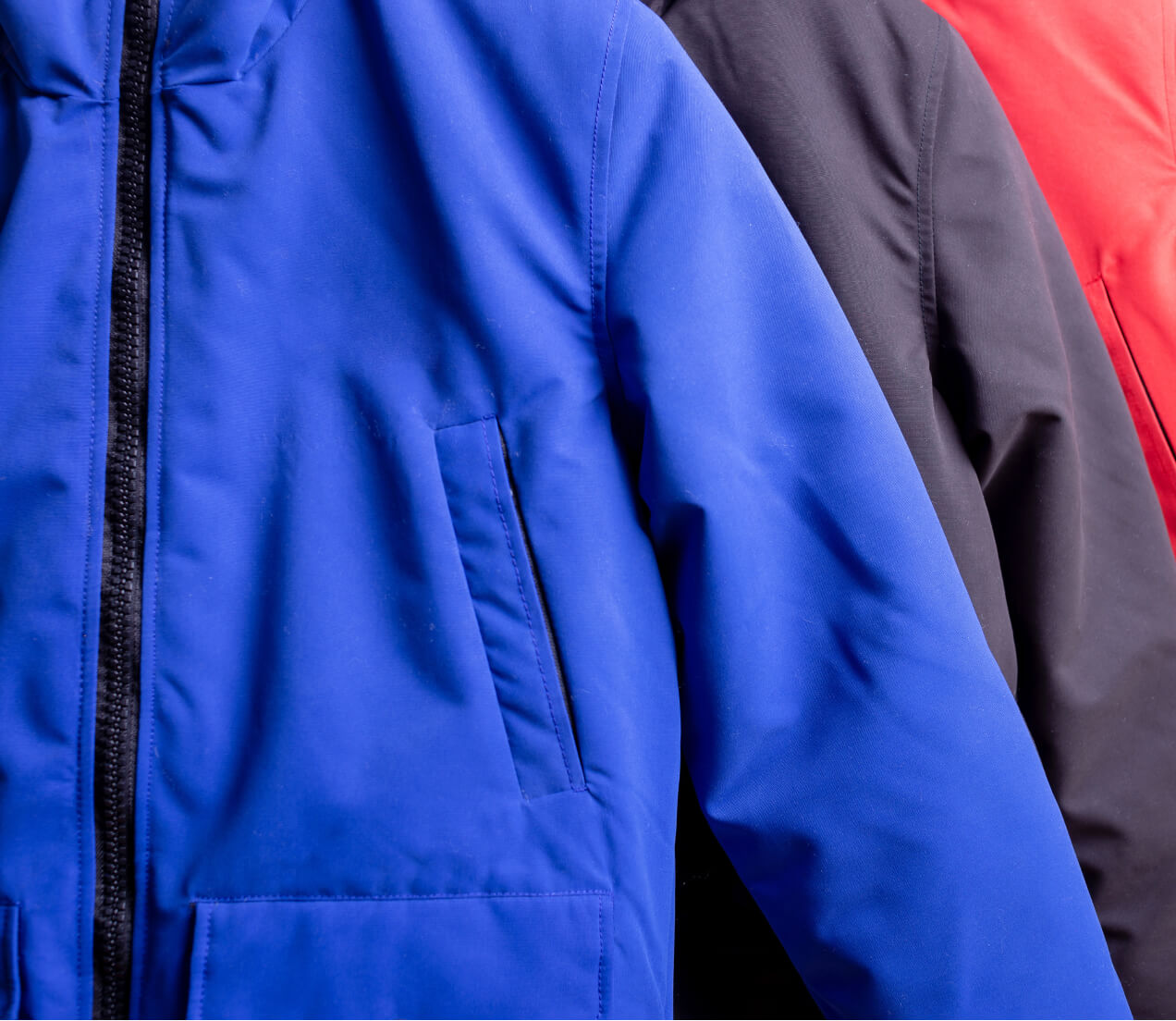
Embracing Next-Life Logistics: A Path to Sustainable Fashion
We are all aware of the mounting environmental issues we face today, and one sector that greatly contributes to our world’s waste problems is the apparel industry. Approximately 85% of used clothes and textiles in the United States end up in landfills or are incinerated. The current sustainability practices in place for most apparel and footwear brands are outdated and insufficient. However, the good news is that together, we can fix this problem through incorporating thoughtful and scalable solutions.
To tackle this issue, the first step is to change our mindset and the way we talk about products and their lifespan. Rather than focusing solely on “reverse logistics,” which often aims to cut costs, we should shift our perspective to “next-life logistics.” This concept goes beyond saving money; it’s about enhancing sustainability.
Next-life logistics is a transformative approach that empowers the entire supply chain to proactively prevent waste issues. It’s a concept that holds the potential to create a net positive impact on consumers, companies, and our planet. Companies embracing net positive business practices give back more to the economy and environment than they take.
So, what does “next-life logistics” mean?
Simply put, next-life logistics is about extending the life of your products, and the precious resources used to create them, in as many ways as possible. This approach opens doors to options like resale, donation, repair, recycling, or responsible disposal.
Let’s consider an example: Many brands overlook the value of returned and damaged goods. With next-life logistics, these products can be given a second or even a third lease on life. That hoodie from six seasons ago might find new life as a pair of sweatpants in the future, or old sneakers could be transformed into a stunning modern chandelier. It’s all about unlocking potential.
Next-life logistics can create a circular system
What’s remarkable is that next-life logistics aligns perfectly with the principles of a circular economy, which focuses on eliminating waste and pollution and maximizing the value of materials and products. This means figuring out how to get the most economic worth and use from damaged or recycled goods. In their 2022 impact report, apparel brand Everlane put it this way: “78% of our damaged returns, though slightly blemished or off-spec, still have a lot of life left in them. Our goal is to extend that life cycle as long as possible through resale and donation channels. Whenever a product is too damaged to be reused or reworn, we must find alternatives to landfill and disposal.”

When determining the “next life” of a product, we need to ask a few key questions:
1. Can the item be resold, donated, or repaired?
2. Is it economically viable to resell the item?
3. If not, is donation the best option, or can the product be recycled?
4. What type of recycling suits this item best? Chemical, mechanical, or something else?
5. What transportation and logistics are needed to reach its next best life?
Unfortunately, not all apparel and footwear products are recyclable due to factors like zippers and buttons. However, through next-life logistics, we can identify what prevents a product from being recyclable, and designers can create products with circularity in mind.

Next-life logistics, infinite possibilities
Collaboration is key in making next-life logistics work. Brands are already joining forces with recyclers to create circular textiles. For instance, Lululemon and Australian enviro-tech startup Samsara Eco are working together to transform apparel waste into infinitely recycled nylon and polyester. This initiative is a step towards a more sustainable future, as Yogendra Dandapure, VP of raw materials innovation at Lululemon, puts it: ” Through this enzymatic process, we’re advancing transforming apparel waste into high-quality nylon and polyester, which will help us live into our end-to-end vision of circularity.”
In closing, next-life logistics opens up infinite possibilities for a more sustainable and responsible fashion industry. Together, we can build a brighter, greener future through innovative ideas and meaningful partnerships.
Original article first published in Sourcing Journal.